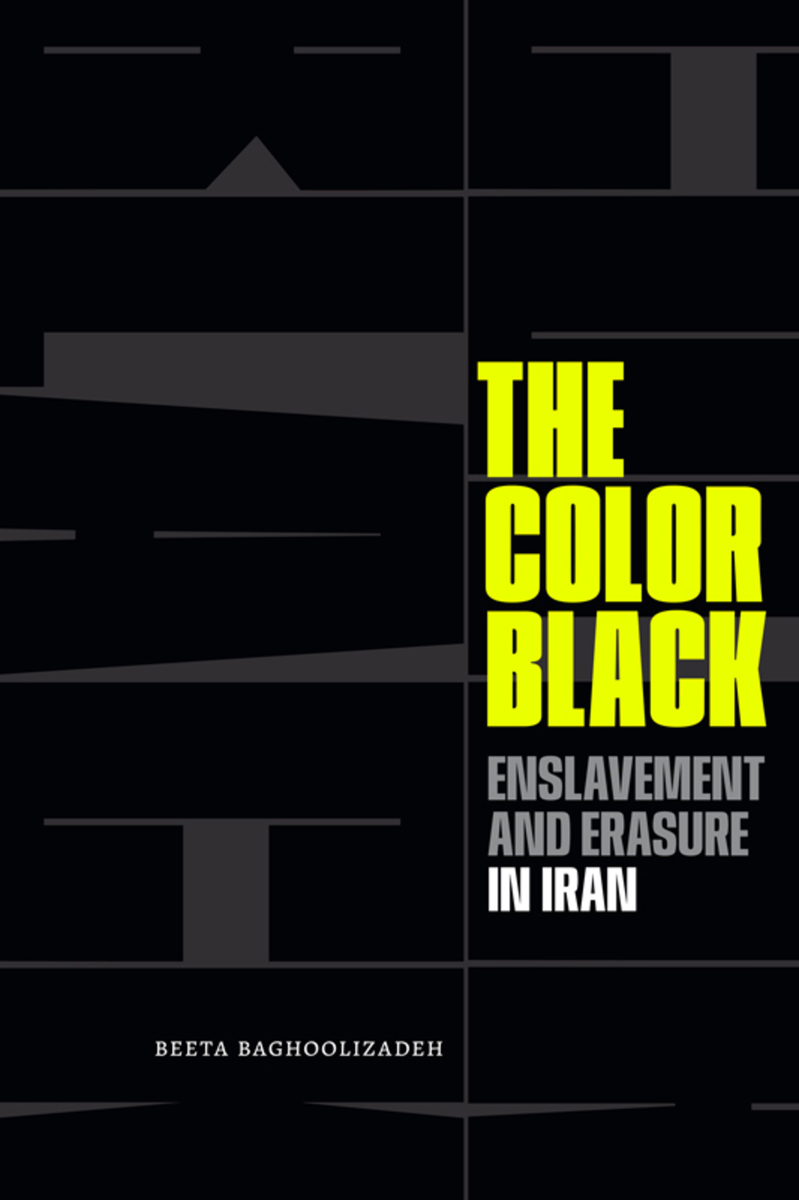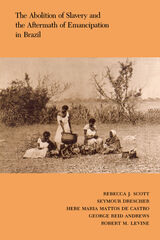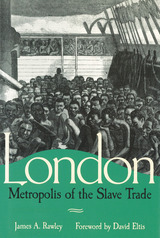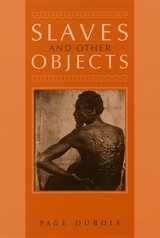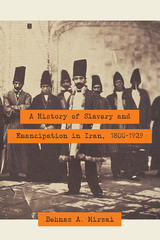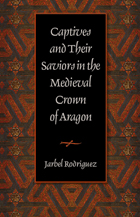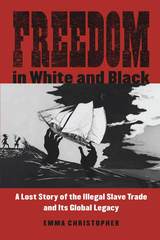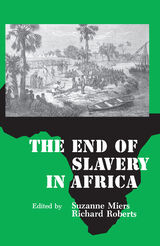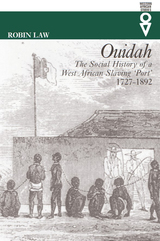The Color Black: Enslavement and Erasure in Iran
Duke University Press, 2024
Cloth: 978-1-4780-2601-3 | eISBN: 978-1-4780-5925-7 | Paper: 978-1-4780-3024-9
Library of Congress Classification HT1286.B344 2024
See other books on: Black people | Erasure | Iran | Middle Eastern Studies | Racism against Black people
See other titles from Duke University Press
Cloth: 978-1-4780-2601-3 | eISBN: 978-1-4780-5925-7 | Paper: 978-1-4780-3024-9
Library of Congress Classification HT1286.B344 2024
ABOUT THIS BOOK | AUTHOR BIOGRAPHY | REVIEWS | TOC | REQUEST ACCESSIBLE FILE
ABOUT THIS BOOK
In The Color Black, Beeta Baghoolizadeh traces the twin processes of enslavement and erasure of Black people in Iran during the nineteenth and twentieth centuries. She illustrates how geopolitical changes and technological advancements in the nineteenth century made enslaved East Africans uniquely visible in their servitude in wealthy and elite Iranian households. During this time, Blackness, Africanness, and enslavement became intertwined—and interchangeable—in Iranian imaginations. After the end of slavery in 1929, the implementation of abolition involved an active process of erasure on a national scale, such that a collective amnesia regarding slavery and racism persists today. The erasure of enslavement resulted in the erasure of Black Iranians as well. Baghoolizadeh draws on photographs, architecture, theater, circus acts, newspapers, films, and more to document how the politics of visibility framed discussions around enslavement and abolition during the nineteenth and twentieth centuries. In this way, Baghoolizadeh makes visible the people and histories that were erased from Iran and its diaspora.
See other books on: Black people | Erasure | Iran | Middle Eastern Studies | Racism against Black people
See other titles from Duke University Press
